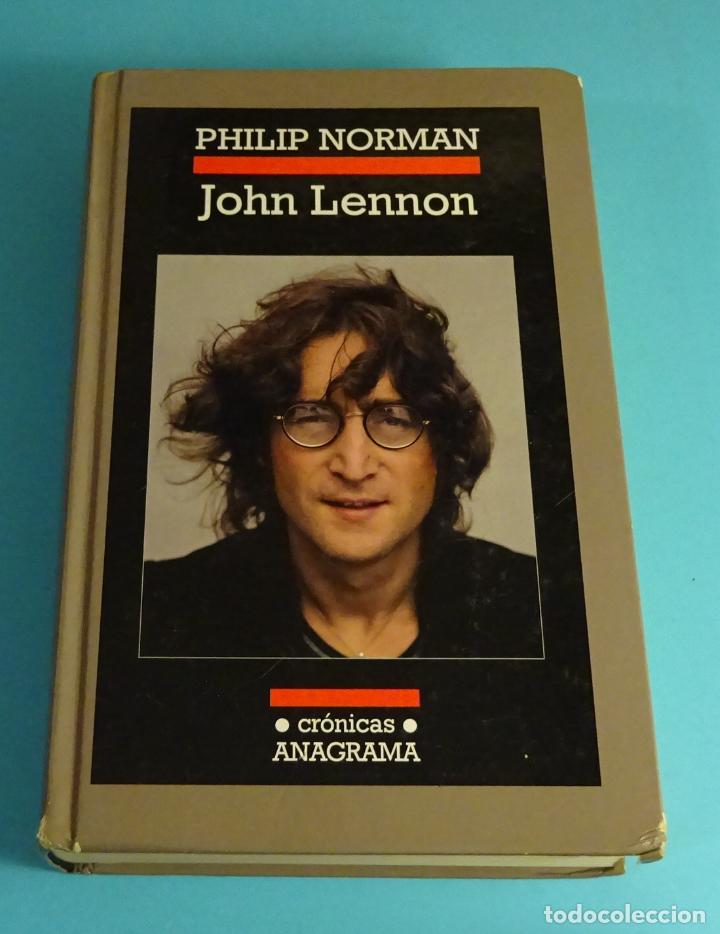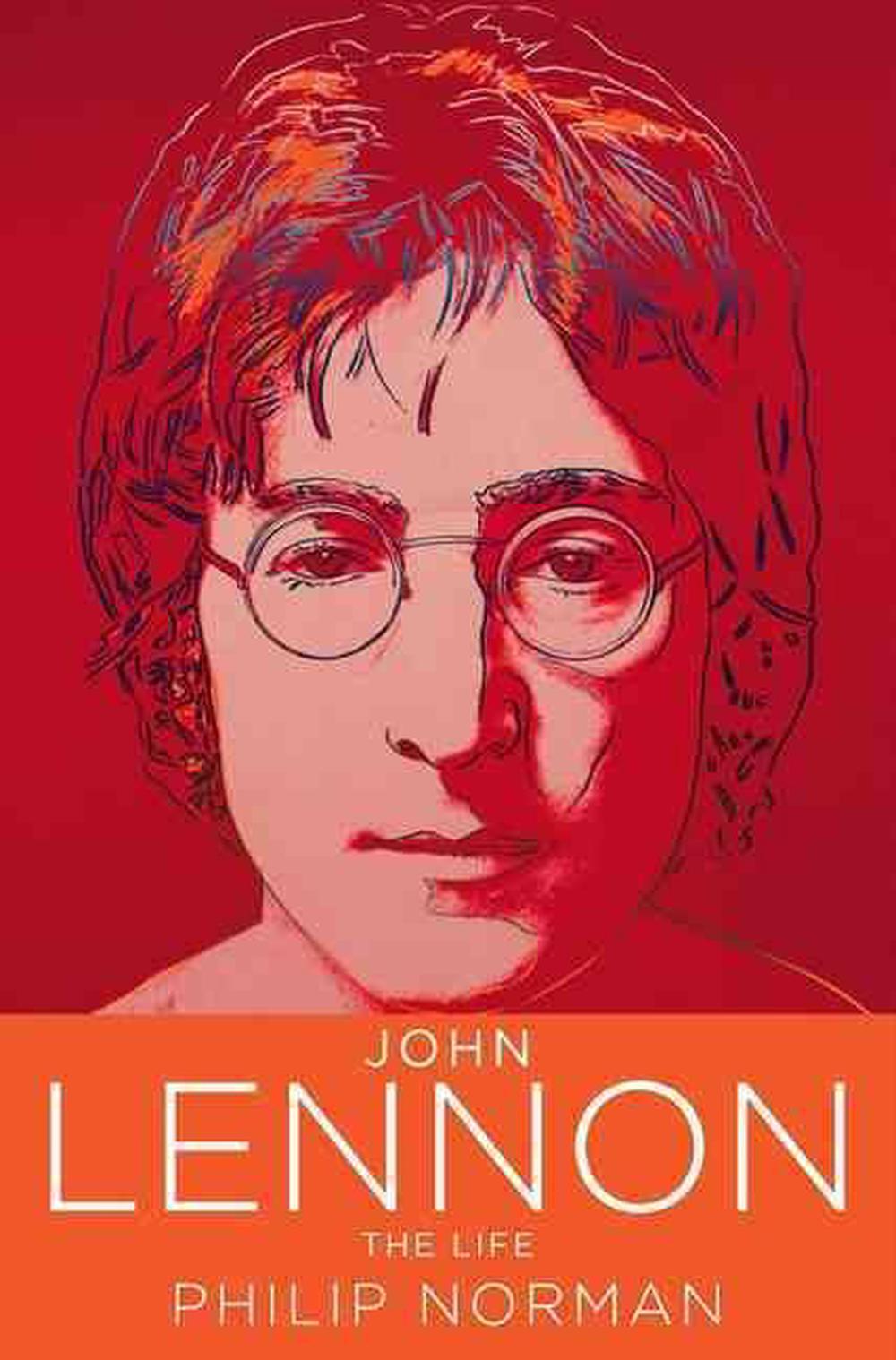


With Lennon and those who raised him all dead, his siblings, close friends and associates all authors in their own right, and the choicest bystanders interviewed multiple times, the only unexhausted territory is the distant margins. This conceals how few of Norman's own interviews underpin the important parts of the tale, and disguises the overwhelming extent to which The Life is a blend of previous writers' efforts. In this respect, at least, Coleman's generously illustrated offering was far superior.ĭespite its scholarly bulk, The Life does not cite sources. Norman's book reproduces a mere 27 snaps, not all of them well-chosen.

John Lennon's journey through a rapidly transmogrifying century was documented by thousands of images. Little attempt is made to analyse the music, as though Norman knows he can't compete with Ian MacDonald's masterful Revolution in the Head. Anyone seeking understanding of Lennon's radical politics and peacenik escapades might be better served by Peter Doggett's There's a Riot Going On or Anthony Fawcett's One Day at a Time. His dissection of Apple is nicely concise but lacks the period atmosphere of memoirs such as Richard DiLello's The Longest Cocktail Party.

Norman's coverage of the Beatlemania years is patchy, perhaps because he felt he'd said it all before in Shout, his 1981 biography of the group, or more likely because he knows he can provide only a précis of a phenomenon that fills whole libraries. They epitomised - and to a remarkable degree created - the 1960s, an era which still eludes full understanding. The Beatles' significance far exceeds the scope of any one book. Books about pop musicians often read like strung-together magazine articles The Life is a proper biography.Įven so, Norman's doorstopper cannot hope to be as definitive as its title implies. His mind - and therefore his prose - is more sophisticated than Coleman's where Coleman delivered banalities like "beneath that abrasive exterior beat a heart of pure gold", Norman shows perspicacity and literary flair. At 853 pages, Norman's tome is the most ambitious yet. The term "full-scale" is tricky, of course: Lennon's story has been retold in countless books. Philip Norman recognises only two "full-scale" Lennon studies before his: Albert Goldman's "risibly ignorant" hatchet-job, and Ray Coleman's "honourable attempt" which "never quite brought John alive on the page". It was the day John Lennon met Paul McCartney, and you've read about it before, but possibly not with this richness of background scenery. F ifty-odd years ago today, at a Liverpool church fête, right after a display of police dog-handling, a myopic youngster in a check shirt sang "Be-Bop-A-Lula" amid "the competitive clamour of craft- and homemade cake-stalls, games of hoop-la, quoits and shilling-in-a-bucket, children's cries, indifferent adult conversation, and birdsong".


 0 kommentar(er)
0 kommentar(er)
